
After two years of the Covid-19 pandemic, the World Health Organization finally declares that Covid-19 is no longer a pandemic but is now endemic. The declaration means that Covid-19 is now a normal part of life for many people in the world.
Epidemiologist Dr. Isaac Weisfuse, an adjunct professor in Cornell University's master's of public health program, explained that the endemic implies that the outbreak is limited to a certain stage without having a big influence, while cases are still occasionally recorded.
Asia, in particular, has been particularly hard to get a handle on with rules changing so often from country to country - some super strict, others not as much. An endemic stage will certainly go a long way to ease those frustrations for travelers and give destinations an opportunity to market again without so many caveats for entry.

In line with this, cloud services have come to play an important role in travel during the Covid endemic. By using these services, travelers can access information about the areas they are visiting without having to worry about contracting Covid. Additionally, cloud services can help travelers plan their trips in advance, ensuring that they are not exposing themselves to any potential risks.
Furthermore, cloud services help in traveling during the Covid endemic by allowing for the sharing of information between different entities. This can include things like weather reports, travel advisories, and data analytics that can help identify areas that are still at risk and provide updated information to travelers.
Big Data analytics, for instance, has been a key player in the gradual recovery of the travel and tourism industry. It has the potential to improve tourism policies and management for safer and more efficient travel. By understanding the patterns of Covid outbreaks in different regions, for instance, big data analytics can help identify areas that are still at risk and provide updated information to travelers.
Big Data can fill data gaps that traditional data cannot cover and provide insights for evidence-based decisions and strategies with shorter delays compared to traditional data.
A joint Asian Development Bank and Korea Telecom (KT) study looks at how big data can be used to understand the tourism market, including the impact of COVID-19. KT identifies tourists using LTE data by applying sophisticated algorithms and by tracking the LTE signal between base stations and mobile devices enabling the company to estimate changes in the tourist population every 5 minutes by capturing movement patterns.
Then, by adjusting for KT’s market share and demographics, the company can achieve 95% accuracy in identifying domestic tourists and 75% accuracy for foreign tourists.
This is a great way to reference if there is a sudden spike in the Covid curve of the country. It will help indicate if there will be a need for travel advisories to be put out, or if the country is still safe to visit.

Covid is a virus that is spread through the air, so understanding where outbreaks are happening and what the patterns are can help to provide travel advisories to those who may be at risk. Additionally, big data analytics can help identify areas that may still be at risk and provide updated information to travelers in a more timely manner than traditional data.
In conclusion, the transition from pandemic to endemic is already a good start for the covid recovery. Big data analytics can help identify areas that are still at risk and provide updated information to travelers. It can also help with identifying areas that may be impacted by COVID-19. Health organizations might also make use of these big data to predict outbreaks and track their spread. By these, government officials will be faster to make informed decisions that can help in the prevention of COVID-19.

.png)
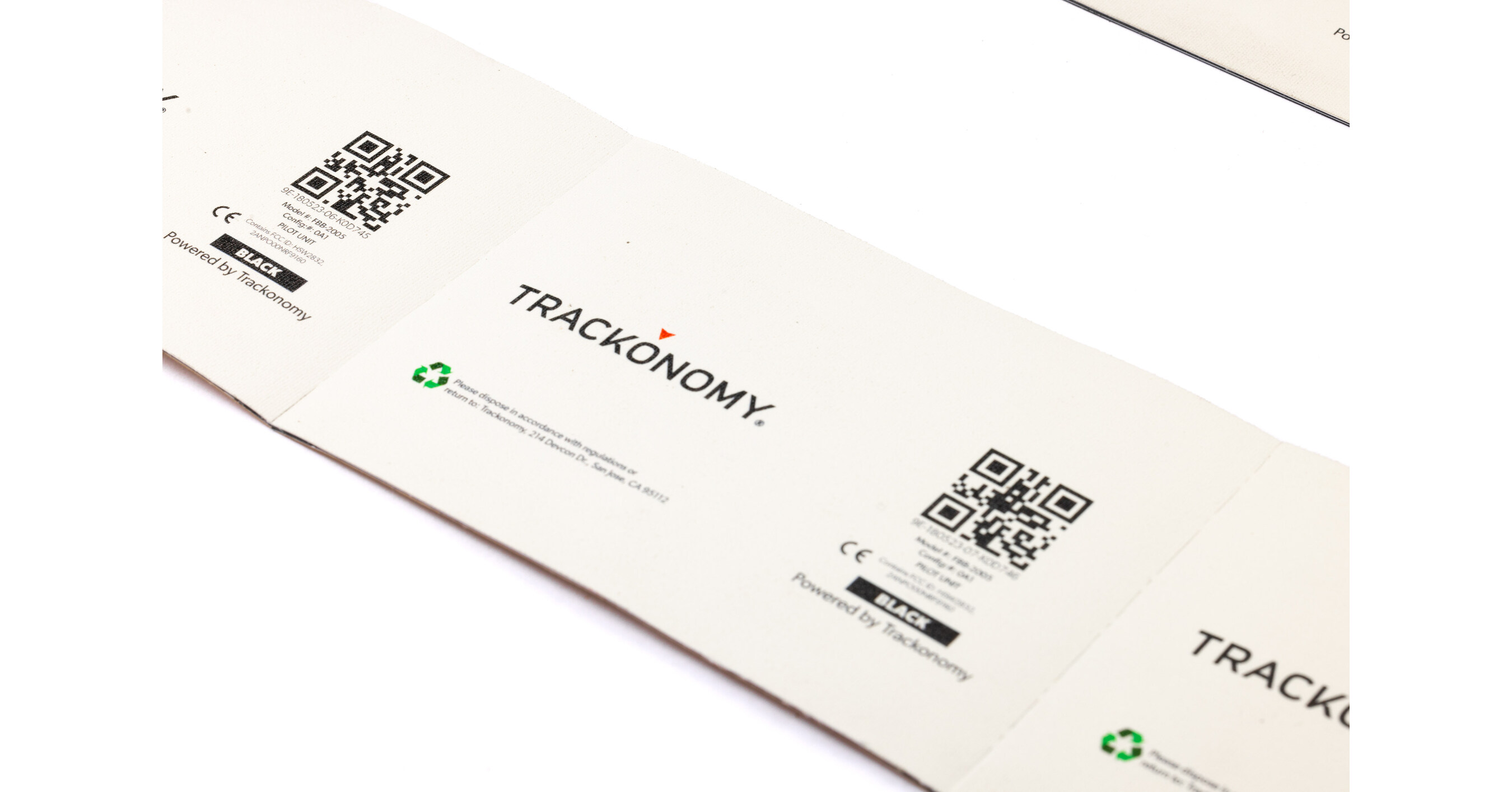
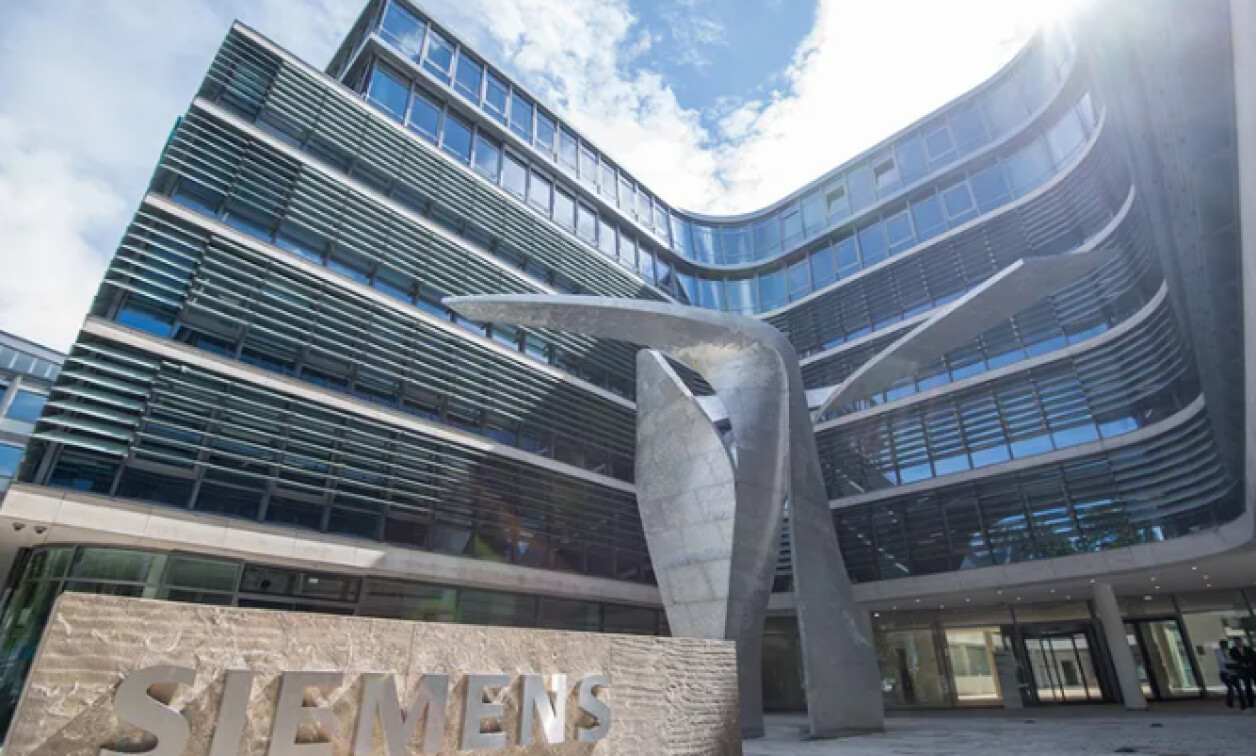



.jpg)

.webp)












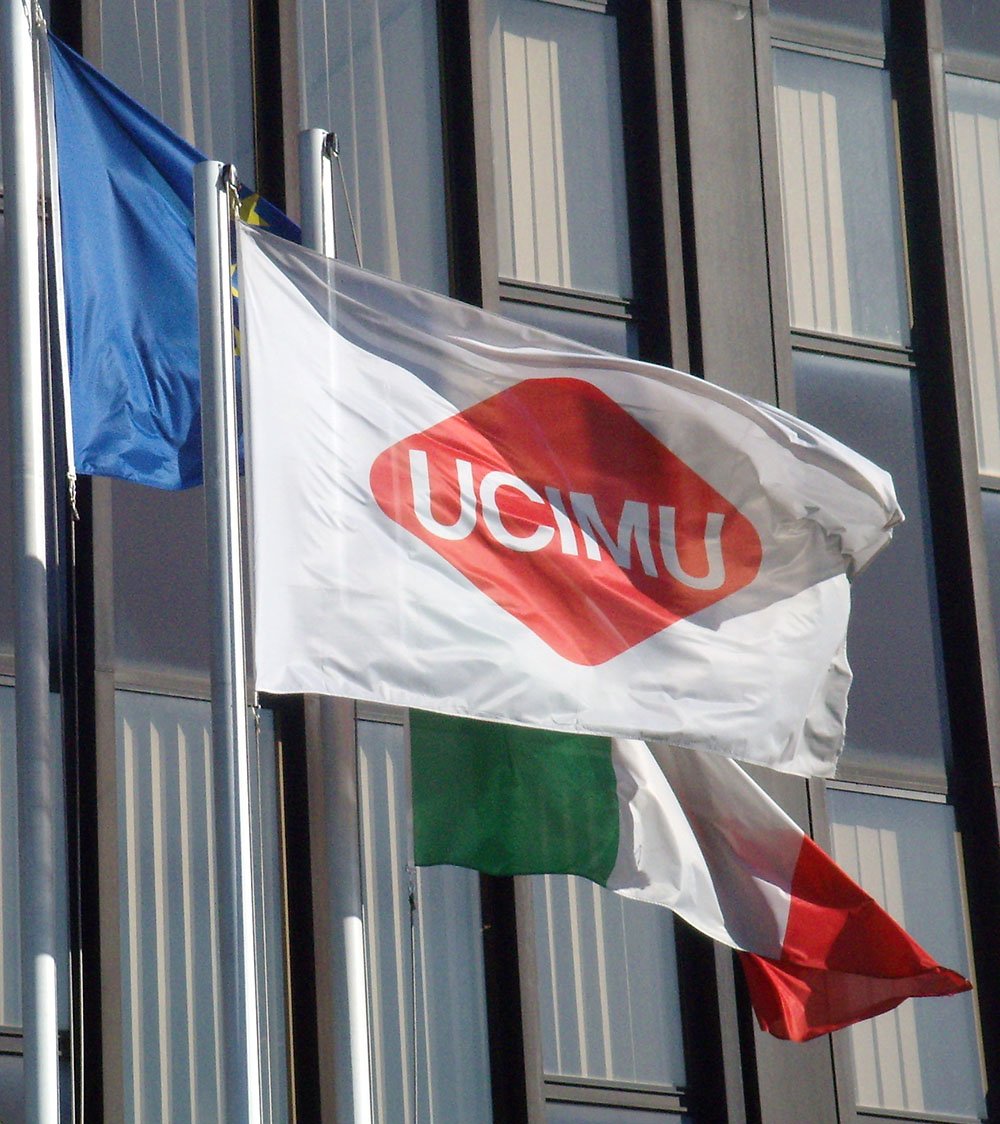


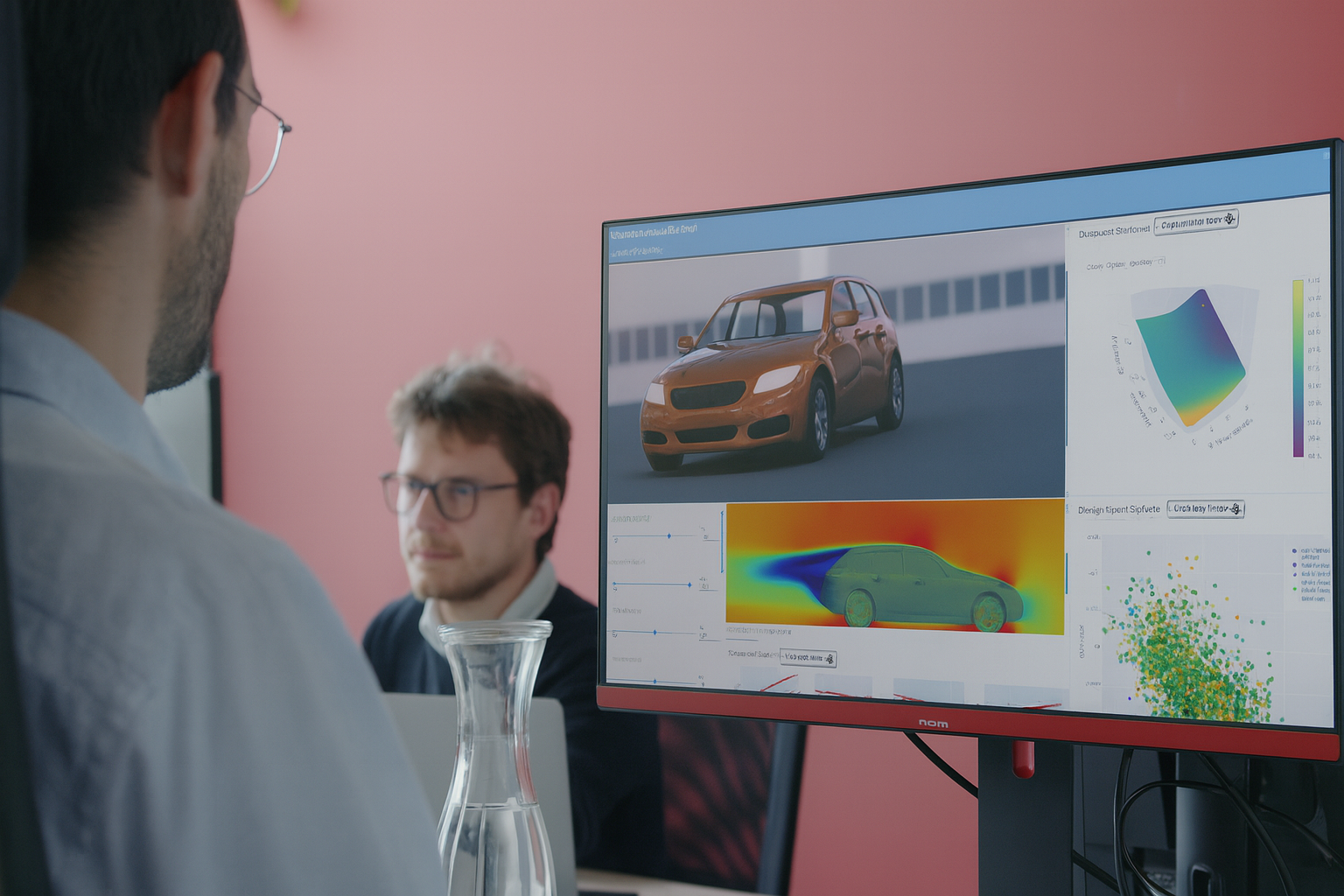

















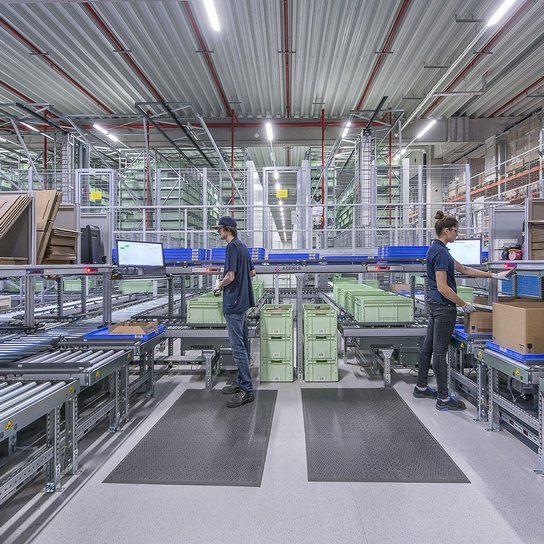





.webp)






























.png)





.png)












